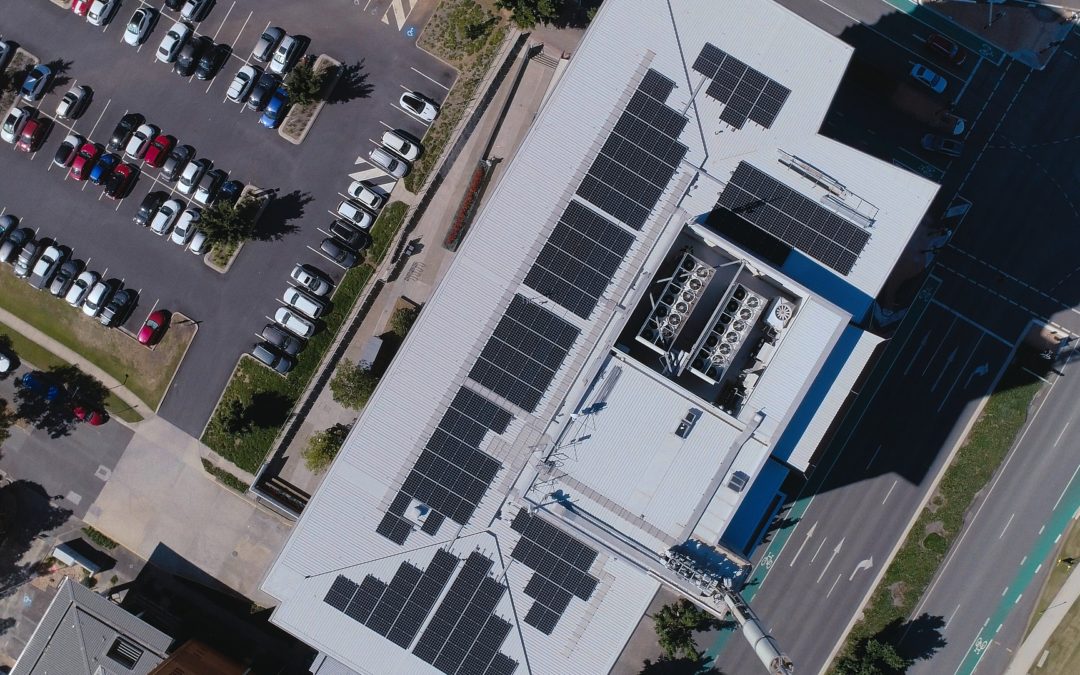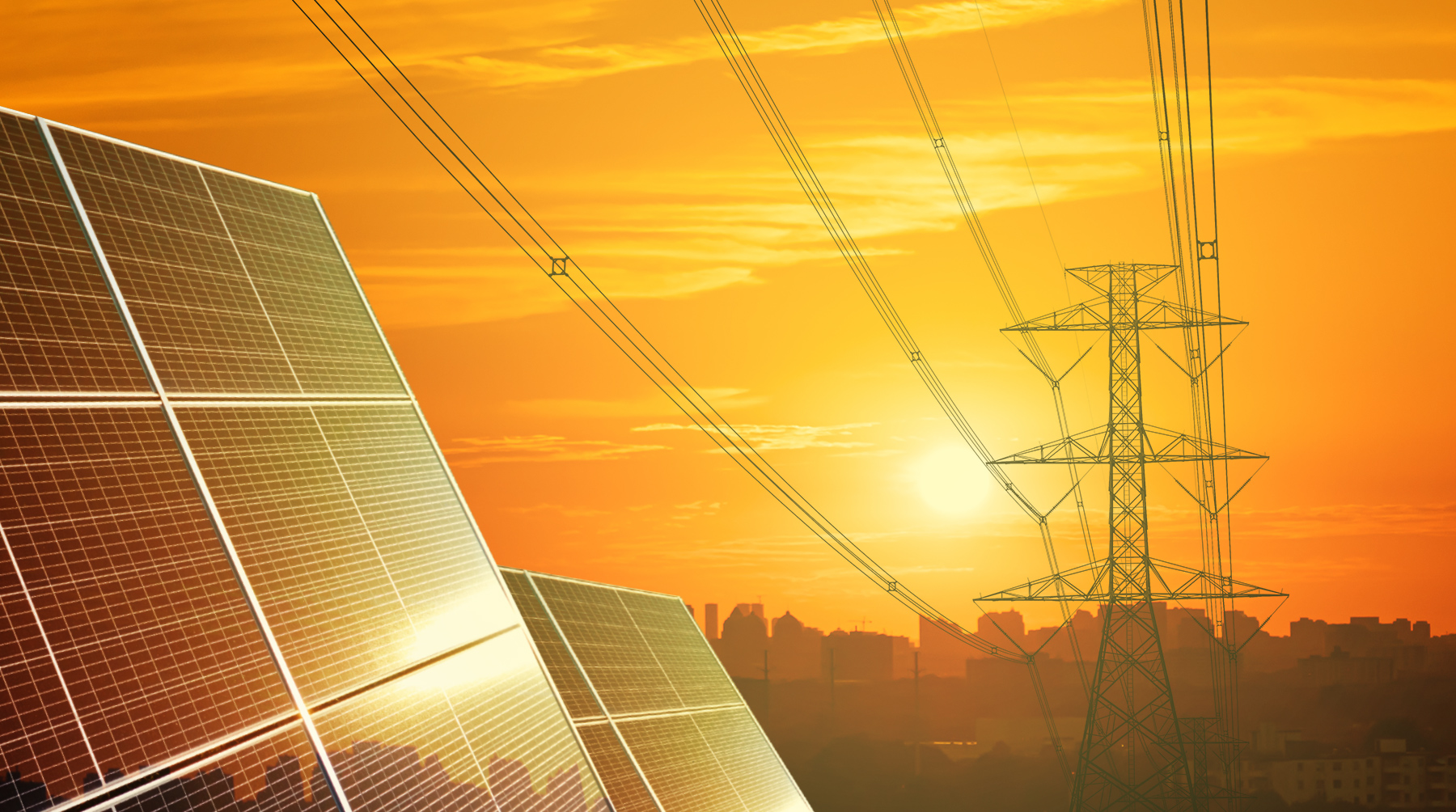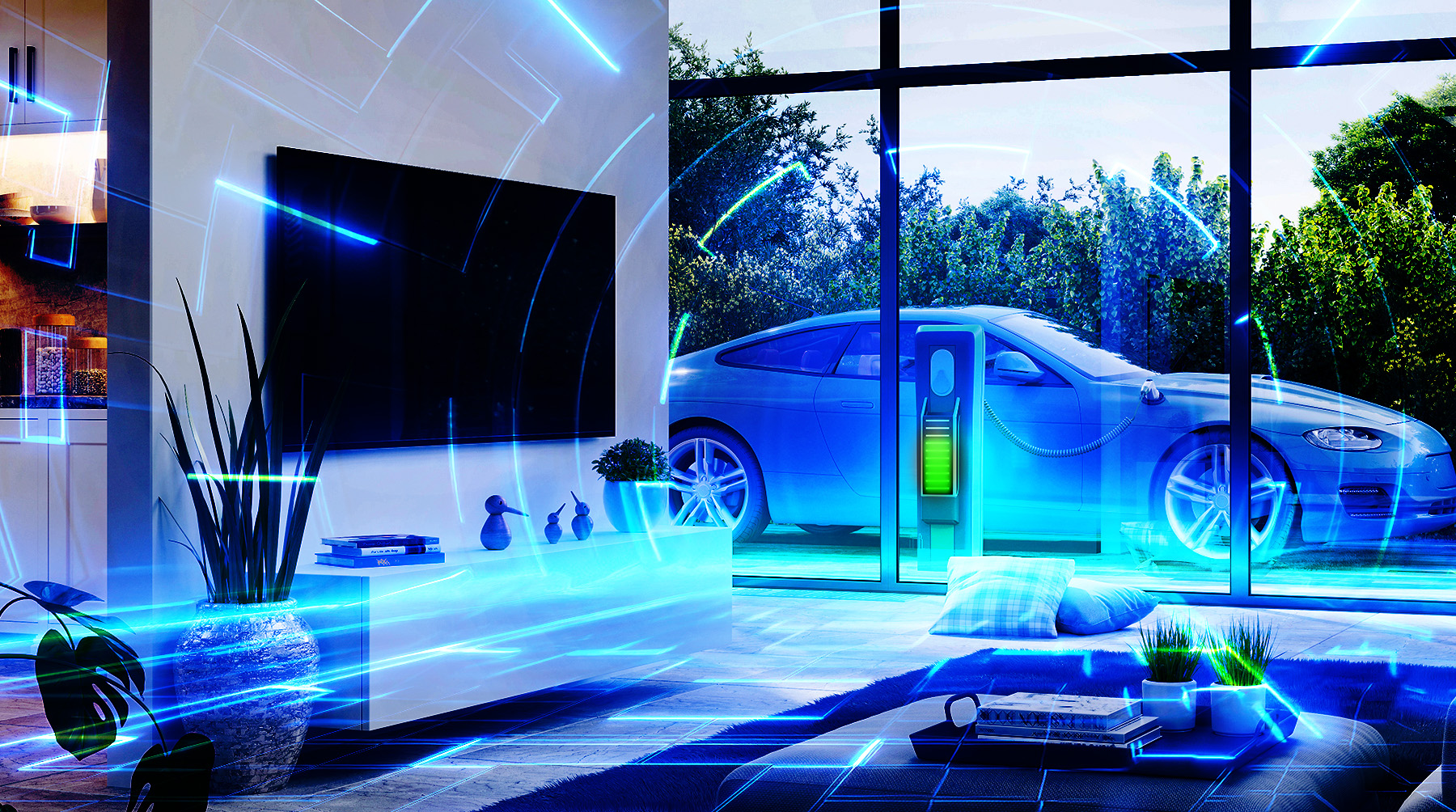By Lucy Carpinelli, Solution Architect at Evergen
Rooftop solar is a success story in Australia, with more than 2 million homes with solar installations around the country. This is great for carbon abatement and it’s great for solar customers who are saving on their energy bills. So how far could we go? Could we power the nation (during the day at least!) from solar panels alone?
Conceptually it feels plausible that if we tiled our roofs with solar panels, there would be minimal need for any other sources of energy (during the day). And this fact has even been demonstrated for brief periods of time in South Australia, when the state ran solely on solar power. Unfortunately, there are some lurking challenges with this approach to decarbonisation.
The first problem is that the grid wasn’t designed to deliver rooftop generated electricity to consumers. Actually the opposite is true – the transmission and distribution network was designed to safely deliver electricity generated in massive, polluting, distant power plants to homes and businesses in a given region. The grid is one-way – electricity generated from a distribution network cannot flow onto a transmission network and it cannot flow from one distribution area to another. It’s a bit like a road system: transmission lines are highways, distribution lines are local roads. Only in this particular road system, the highways are one way, and the local roads servicing one area don’t connect with local roads for another area. The result is that electricity generated in a given neighbourhood can’t flow beyond that neighbourhood. This lack of physical fungibility means that some areas have too much solar generation (which itself is a problem, see this report from UNSW on voltage hazards on distribution lines) and other areas with insufficient solar generation are reliant on importing electricity from distant generators.
Given that solar power is plentiful in some locations and not in others, would it be possible to incentivise consumption in the locations with excess solar generation, and thus tip the balance in favour of solar power? Well, this is also hard to do.
An efficient way to incentivise consumption is through price signals. But electricity doesn’t reflect local conditions. Electricity is delivered under a ‘postage stamp principle’, that no matter where you live, there will be fair access and minimal variation in price. Consequently, there is no way to offer a financial incentive in neighbourhoods where solar generation is in excess. Matching generation and demand in a local area is also called ‘local energy trading’. Currently this only exists in pilot schemes exempted from legal obligations to abide by the postage stamp principle.
However both of these problems pale in the face of questions on stability. In the original design of the energy system, it was taken for granted that generators would always contain massive spinning machinery, all acting in unison and exerting a kind of inertia on the grid. Ageing thermal generators continue to supply this inertia free of charge. But as these generators retire and their usage is diminished, there is far less inertia on the grid. The shortfall of stabilising generation inertia is frustratingly termed the problem of ‘minimum demand’, where there is so little demand that thermal generators need to be switched off. A more accurate description would be ‘inertia shortfall’.
It is critical that we move away from burning coal and other fossil fuels. And from an economic perspective, we don’t want to waste valuable dollars propping up old polluting assets when these assets should really be decommissioned. Thus we can’t rely on thermal generation to continue stabilising the grid.
There are some different ideas on how to develop grid stabilising services and what hardware is required. Synchronous condensers, fly-wheels and batteries (utility scale, household or in EVs) can all help to stabilise the grid, as can the more sophisticated solar inverters. The advantage of batteries is that grid stabilisation can be a side hustle of an already useful asset, not the sole basis for investment. Batteries distributed across households and businesses are valuable as a solar sponge, minimise customers’ exposure to high energy prices and can even help keep things up and running in a blackout. Batteries are complementary to a solar heavy energy system as they can supply the stabilising forces that were previously provided by thermal generators whilst simultaneously benefiting consumers.
The future energy system will rely on software as much as it will rely on hardware. Evergen makes batteries work better both for individual customers and for the system as a whole. Evergen optimisation reduces the pay-back period for customers by creating energy bill savings and Evergen’s aggregation platforms empower customers to supply grid stabilisation services via retailers.
So we can’t only rely on solar panels, or in fact any single type of hardware to ensure the safe and reliable supply of electricity. We need a combination of mixed assets and we need software that can optimise and orchestrate these devices in a way that benefits consumers. It’s only when we get everything working together – hardware and software – that we will have a shot at decarbonising energy.



